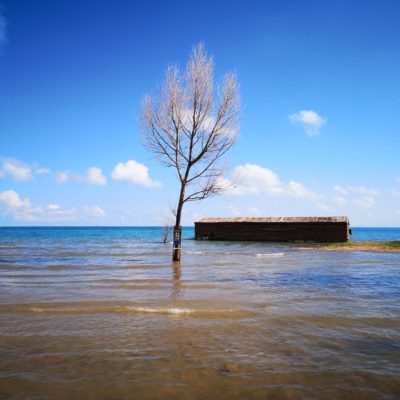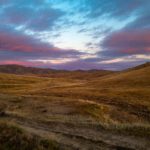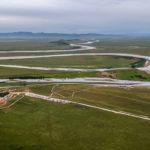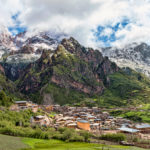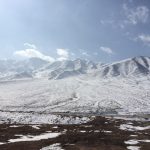Watch our YouTube Video on Qinghai Lake here
Birdwatching near Xining in Qinghai
The capital, Xining, lies at a pleasantly cool 2,200m in a broad, intensely cultivated valley. The hills immediately to the north of the city are a site for Pale Rosefinch and Plain Laughingthrush. Laoye Shan, or Grandfather Mountain, is a hill overlooking the town of Datong, is about 60km north of Xining. At Laoye Shan the visitor can be see both White-browed and Crested Tit Warblers, White-winged Grosbeaks and the Robin Accentor.
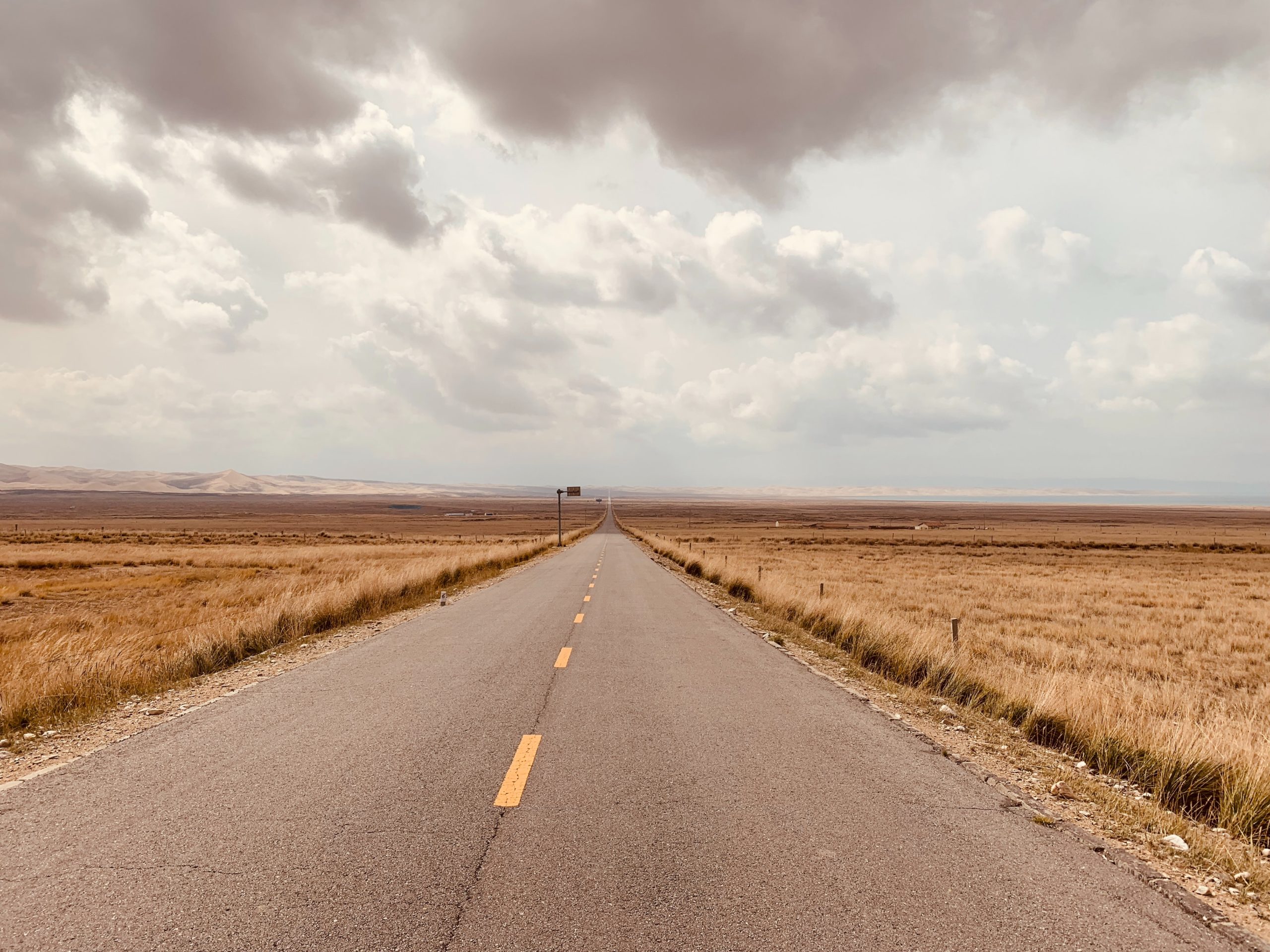
Birdwatching at Qinghai Lake
The road to the Tibetan Plateau goes west from Xining, and over a pass where the Sun and Moon Pagodas are prominent tourist attractions. Tibetan Ground Tit, Little Owl and Plain Mountain Finch forage on the hillsides below the prayer flags. Two hours drive further west and Qinghai Lake – the legendary Koko Nor – comes into view. The area was criss-crossed by Russian explorers in the late19th century, including by Nikolai Przevalski, who passed by in 1872. Tibetan plateau specialties such as White-browed Tit, Alashan Redstart and Pink-tailed Bunting can be found in the hills southwest of Qinghai Lake. The breeding birds at the edges of the lake are a draw for coachloads of domestic tourists near the town of Shinahe. At ‘Bird Island’ nearby they throw bread for both Pallas’s and Brown-headed Gulls. In May, hundreds of Bar-headed Geese breed in the area. There was a bad outbreak of avian flu here in May 2005, when many of the geese perished.Although roads have improved much in recent years this is still a wild and unforgiving environment, much of it lying above 3,000m elevation. Some high passes are 4,500m or above and blocked by snow for much of the year. One such pass is Er La, where the endemic Tibetan Rosefinch can be seen. Although most of the Yak one sees are domesticated, Qinghai’s open grasslands are also home to the Asiatic Wild Ass. Tibetan Gazelles may be seen as well as the foxes and occasional wolf that preys upon them.
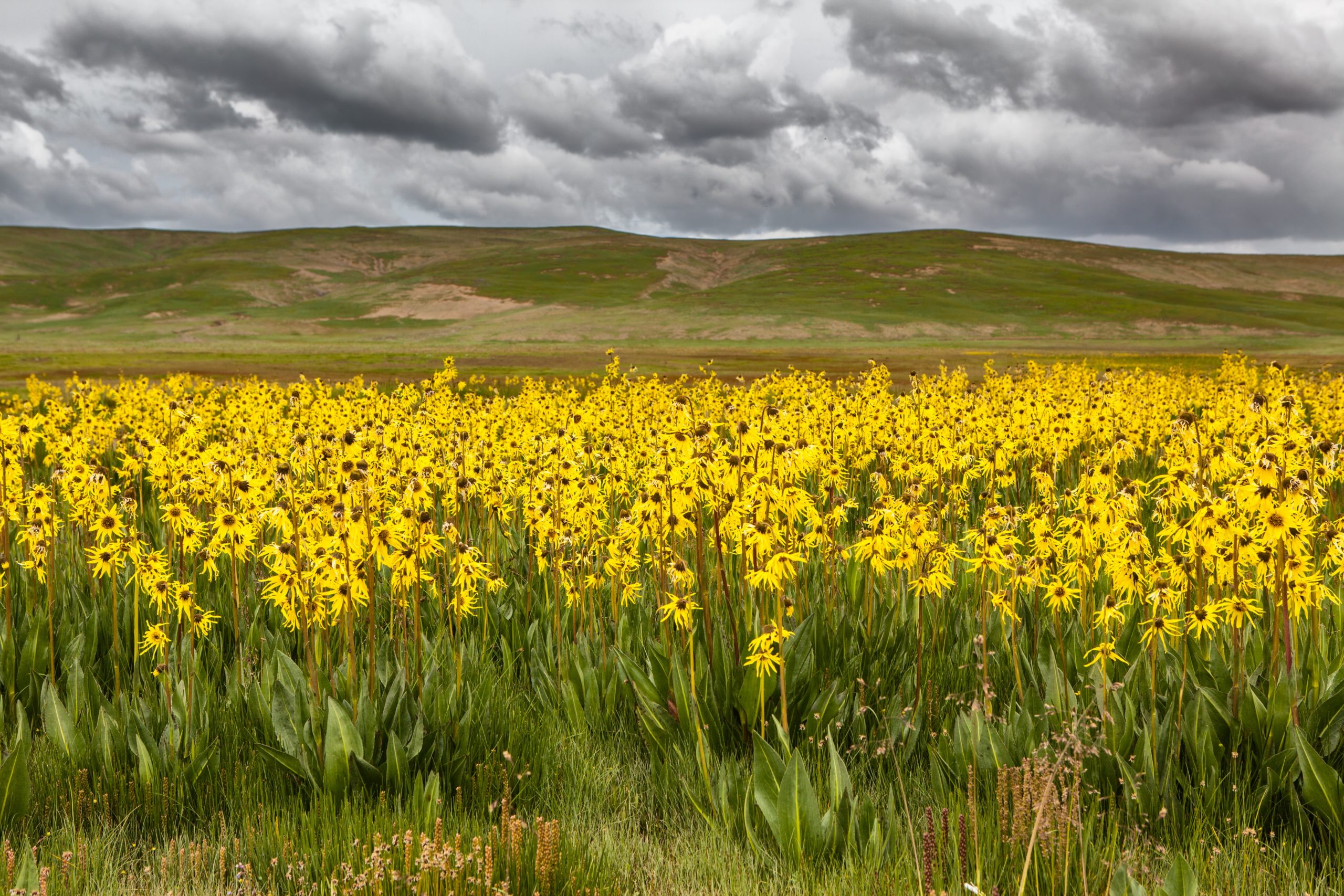
Birdwatching around the Yushu area
Two days drive southwest from Qinghai Lake along Route 314 will bring the keen birder to the busy town of Yushu (Jyekundo in Tibetan). Ibisbills may be seen in the river near the town. Another Russian explorer, Pyotr Koslov visited here in 1900. Further south, where the plateau breaks up into the valleys that have been carved out by the headwaters of the Yellow, Yangtse and Salween Rivers, Koslov discovered two distinctive species that still bear his name – a bunting and a babax. Both may still be found near the otherwise unremarkable town of Nanqian.
Birdwatching in Golmad and Mongolia
Further west in Qinghai Province is its’ second city Golmud, a desert town north of the Kunlun Shan, the ‘Mountains of Darkness’. The road between Doulan and Golmud passes through miles of desert, but this is a good area to see Mongolian (formerly Henderson’s) Ground Jay.Qinghai is a rough but uniquely charming place that lingers in a birders’ mind long after the return home.
